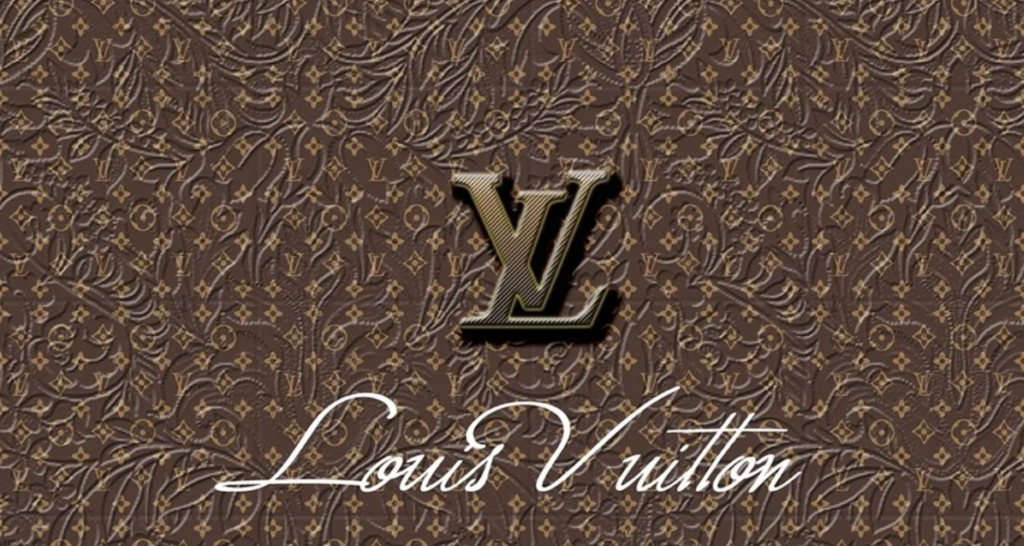Louis Vuitton, the brand, is a household name in the designer handbag, luggage, and perfume industry. This luxury goods giant has an estimated value of more than $30 billion, way beyond its close competitors Hermes, Zara, Gucci, and H&M. Louis Vuitton is among the top-rated luxury brands, forming the LVHM conglomerate, a corporation that controls most of the luxury brands currently on sale.
Most of us have one or two great stories to tell about Louis Vuitton, but not all of us can give a detailed account of Vuitton’s origin, its growth, and the trials it has faced along the way. Want to get a solid grasp of Louis Vuitton Brand’s history? Stay with me as i take you through the then and now of Louis Vuitton.
Who is the brand founder and when was it launched?

The Louis Vuitton brand started from pretty humble beginnings back in 1854. The brand founder, Louis Vuitton, born in 1821, somewhere in the Eastern France Mountains, launched the brand in Paris as a custom box-making and packing workshop.
Before then, Louis had traveled and worked on different odd jobs to earn a living. He gained his box-making experience from working as an apprentice to Monsieur Marechal, which saw him win a solid reputation amongst the Parisian elites.
Before he turned 30 years, Vuitton had built for himself a network of acquaintances in the French royalty. His craftsman skills had impressed Empress Eugenie de Montijo, the wife of Napoleon III, which saw her employ him as her personal box-maker. The loyal sponsorship heightened Vuitton’s skills, presenting a better opportunity for him to launch his own company.
Years after he won the deal to create the royal boxes, Vuitton had saved enough to start his box-making and packing workshop, and he successfully opened one on Rue Neuve-des-Capucines in Paris.
Revolution of box making in 1858
Destined to be great, Vuitton took only four years to revolutionize his box-making trade. Within the four years, he had filled his knowledge box to the extent of being able to come up with unique and more advanced designs. Vuitton made and displayed the first-ever flat trunk in 1858, which even the modern designers consider the origin of the sophisticated luggage we have today.
Vuitton had designed the trunks so innovatively and elegantly, such that they did not only impress but also captivate. Designed in well-sized rectangular shapes, the trunks were light in weight and water and odor resistant. Vuitton was so smart to realize the need for luxurious and more advanced baggage triggered by the birth of the steam engine amid the 19th century.
The trunk was more durable, stackable, and convenient. The box could stand more torture and exploitation as it was made of grey canvas instead of the usual leather
1859. Louis Vuitton expands his box-making company
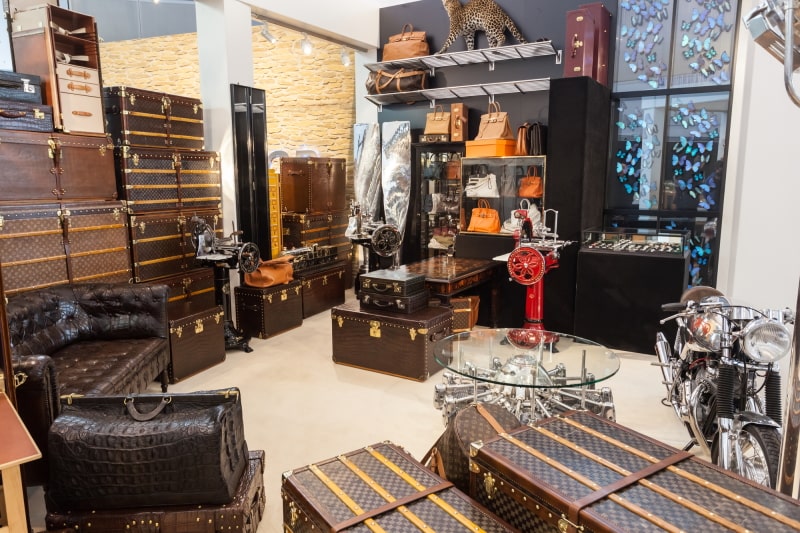
A year after discovering the innovative and revolutionized trunk, Louis Vuitton had no choice but to expand his business, owing to the overwhelmingly high orders from different parts of the world. The high demand for these unique trunks got Vuitton thinking on how to increase the production to meet the soaring orders demand.
To achieve that he found a bigger workspace in Asnieres, a small village a mile away from the gateway of Paris and in the countryside of French. The workshop, though bigger, didn’t meet the increasing orders, and so Vuitton had to open more workshops in the northwest of Paris. The larger workshops combined with the innovative glass and metal construction that epitomized superior comfort and quality saw the Vuitton brand reach out to a bigger client base and earn more trust from clients all over the world.
1868-1885. Louis Vuitton builds a broader clientele, makes more innovations, and opens more stores
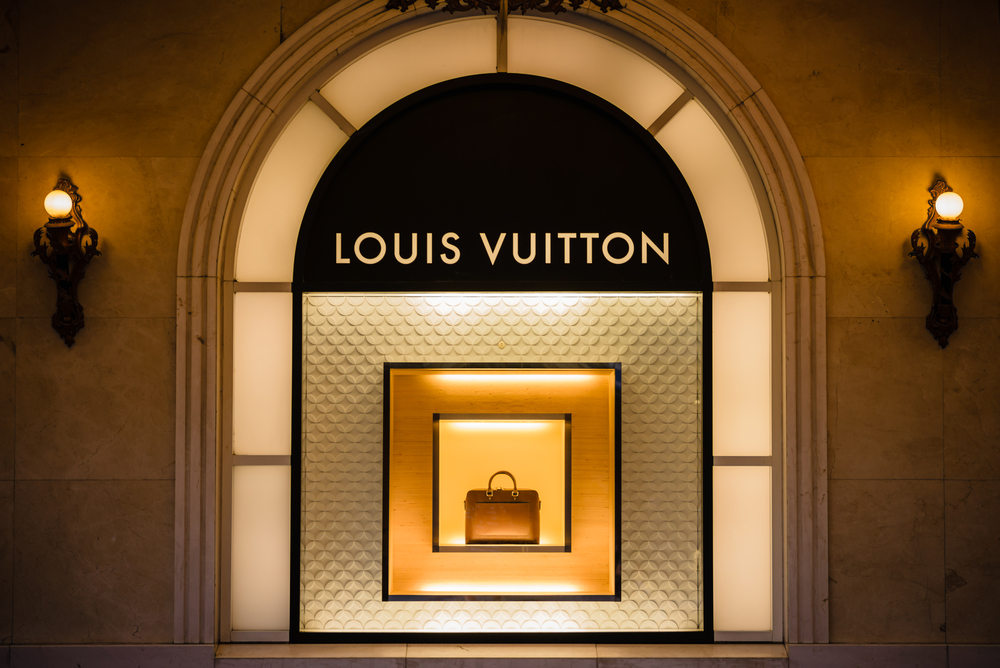
The great artworks combined with his desire to explore and learn saw Vuitton earn a bigger clientele, including a solid elite following. One of his elite clients was Suez Canal, Isma’il Pash, the Khedive of Egypt, who placed an order during his inauguration in 1869. Also, Vuitton created trunk beds for Pierre Savorganan de Brazza, the legendary explorer, which saw his reputation soar higher and wider. The box saw him earn more orders from explorers and travelers to distant lands.
Unfortunately, Vuitton incurred losses and damages during the 1870 Franco-Prussian war. But that did not deter him but made him want to come back stronger and mightier.
He launched a new workshop in Rue Scribe in Ritzy 1, which saw him introduce more luxurious luggage. Two years later, Vuitton introduced the monochrome beige palette, the beige-and-red striped canvas that replaced the gray trunk. Fast forward in 1885, Vuitton launched a store on Oxford Street in London.
1888-1892. Discovery of the Damier canvas & tumbler lock, and the transition of the brand proprietorship

In 1888, Vuitton introduced the canvas trademark on his products. In 1889, he introduced the Damier Canvas. Introducing the Damier Canvas at the Exposition Universelle saw him win a gold medal for his garment bag and wardrobe trunks. A year later, Vuitton and his team introduced the tumbler lock. The lock was designed to make his creations safer.
The lock had a unique numbered key that makes it sophisticated, impressive, and effective. Old enough and having achieved a lot within the period he lived, Louis Vuitton died in 1892, leaving the company under the control of his son Georges Vuitton.
1892-1914. More innovations, workshops, and integrations
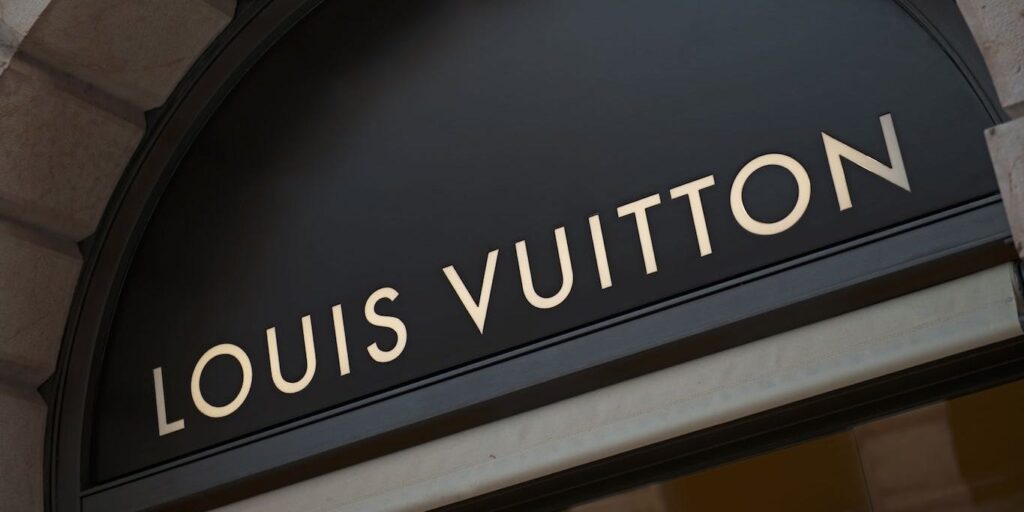
Soon after Georges Vuitton took over, the signature LV monogram canvas was introduced. Just like his father, Georges was smart enough to come up with a unique monogram canvas that featured LV initials and botanical patterns to prevent photocopying. The monogram was the beginning of the modern luxury monograms. The monogram had a universal and timeless appeal, which saw it being used in different civilizations.
In 1897, Georges welcomed his son to the company. Gaston-Louis Vuitton, Vuitton’s grandson together with father, oversaw the opening of a new shop in Champs-Élysées, Paris, in 1914. Opened in the Vuitton Building, the store was the biggest ever store for global articles. It acted as Vuitton’s brand address in Paris until 1954.
1926-1970. Rapid developments, relaunches, and transitions
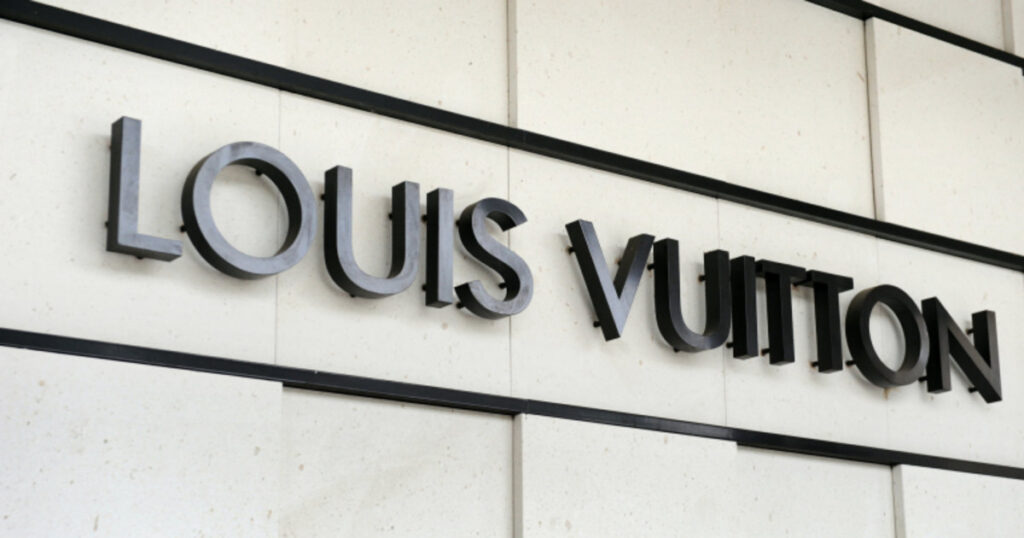
Even with its reputation deep-rooted in the hearts of most nations and cities around the world, the Vuitton brand pioneers didn’t relent in coming up with new inventions and transitions. In 1926, they invented three of the world’s current best selling perfumes. The Heures d’Absence’ perfume brand was the first to be launched, followed by the Reminiscences and the Sur la Route brands. All these were designer brands that were wholeheartedly welcomed by buyers in different markets around the world.
In 1932, the Vuitton brand introduced lots more advanced bags in multiple shapes and designs. The list started with the Keepall bag of 1930 and the Noe bag of 1932. The Noe bag was designed as per request by a champagne producer. The producer wanted a high-end, attractive, and versatile bag that could carry up to 5 champagne bottles at once.
Another addition to their product line was the Papillon bag of 1966. The Keepall bag was so much loved and preferred back then owing to its lightweight, supple luggage, and versatility. In 1970, Gaston-Louis Vuitton died, and in 1977, his son-in-law Henry Recamier took over the brand’s presidency. The 1970s were the most fruitful years in the life cycle of Louis Vuitton’s brand, with its worth increasing from 11 million euros to 600 million euros, and two stores to 125 stores.
1978-1998. The era of shoe invention, Alma city bag, and Marc Jacobs
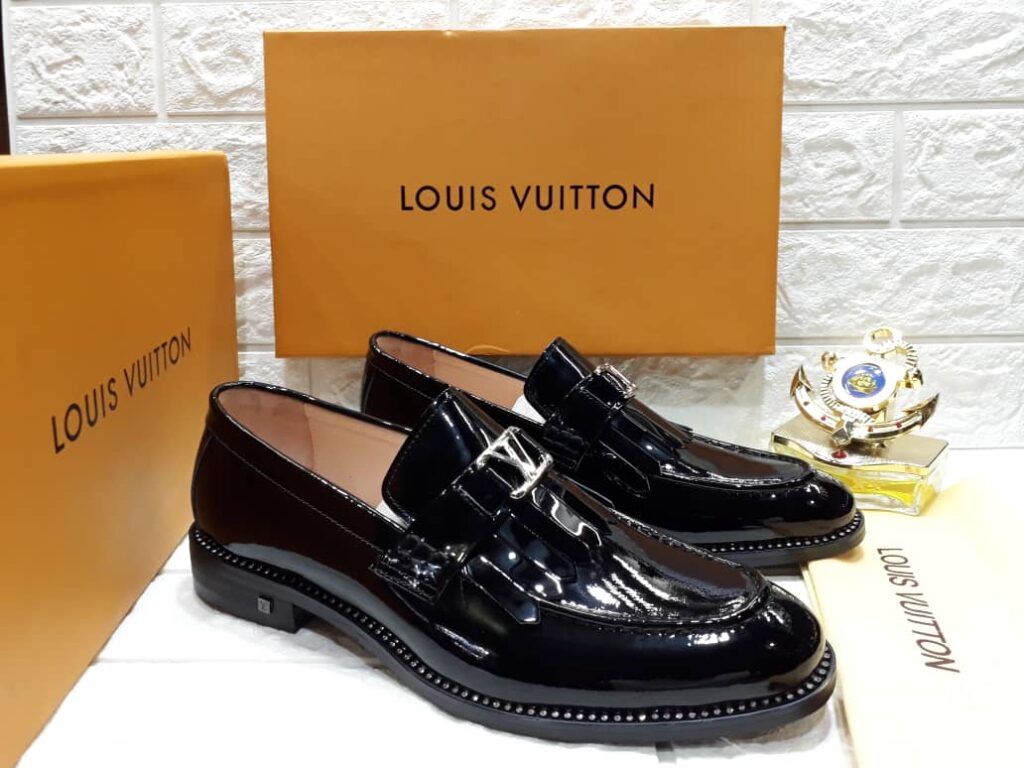
Marc Jacobs’ era was the most transformative period of Louis Vuitton’s brand. It started soon after the brand partnered with the highly reputed photographer Jean Larivière. Jean Larivière was a celebrated photographer who had traveled the world, capturing and filming the best of the brand’s moments, intending to sell it further and wider.
In 1987, Louis Vuitton merged with Moët Hennessy to create LVMH Luxury Conglomerate. The LVMH Luxury Conglomerate’s agenda was to streamline the control of luxury brands and goods. In 1989, Louis Vuitton introduced a classic car competition and show. Three years later, the brand introduces the Alma city bag. The Alma city bag design was an authentic replica of the house’s luggage in the 1930s. The birth of the Alma City Bag introduced a whole new era of smart and iconic pieces in the brand’s history.
In 1997, the brand introduced Marc Jacobs as its creative director. Immediately he gets on board, he is mandated to oversee the creation of a ready-to-wear collection. With Marc onboard and the brand’s agenda to innovate and invent more luxury products, several ready-to-wear and shoe collections are born. The creation process takes about eight months, starting from designing to the introduction of the finished product to the market.
Louis Vuitton’s brand history from 2001 to 2011
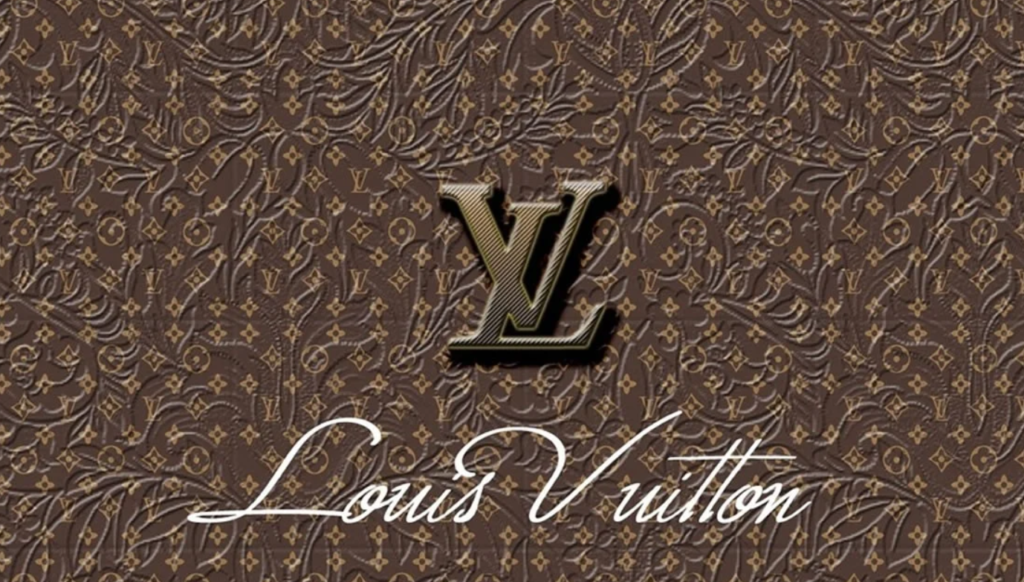
The Louis Vuitton brand started the 2000 era in a high tone. They began by creating a limited-edition of Vuitton bags that featured the graffiti above its monogram pattern. The printed graffiti had the name of the bag or read Louis Vuitton. There were V.I.P. pieces that didn’t have the monogram canvas background but only had the graffiti. In the same year, Jacobs designed and oversaw the creation of the first-ever charm bracelet.
With Marc Jacobs still onboard, Louis Vuitton brand introduced the Tambour watch collection in 2002. They also opened the Louis Vuitton Building in the Ginza district in Tokyo. Louis Vuitton also signed a partnership deal with Bob Wilson to introduce the Christmas Windows scenography. At the start of 2003, the brand collaborated with Takashi Murakami to invent the monogram Multicolore canvas that ranged from handbags to accessories.
The collection included only standard monogram canvas but in 33 varied colors that were either black or white background. The partnership also saw the creation of cherry blossom patterns, which were added to the monogram canvas to make them more attractive and innovative. However, the design was only added to several pieces. The production didn’t last long as the brand discounted it in the midst of 2003.
Still, in 2003, the brand opened new stores in New Delhi, India, Moscow, and Russia. With the new store openings, the brand introduced the Suhali and Utah leather lines. In 2004, the Louis Vuitton brand celebrated its 150th anniversary and introduced new stores in New York City, Cancun, São Paulo, Johannesburg, and Mexico City. The same year, Louis Vuitton also launched the first-ever international store in Shanghai.
At the start of 2005, the brand reopened the closed Paris-based Champs-Élysées stores. The following year, the brand held an inauguration to launch the Espace Louis Vuitton. Two years later, the brand introduced the Damier Graphite canvas, which has classic Damier pattern available in grey and black color making it feel classy and look masculine. The same year, the brand collaborated with Pharrell Williams to create the Blason jewelry series and the Louis Vuitton glasses.
In 2010, this luxury brand opened the London-based, most-ever luxurious store. In 2011, Louis Vuitton introduced Kim Jones onboard as the style and men ready-to-wear studio director. Kim is crowned the lead designer leading the menswear but placed under the directorship of the brand’s artistic director Marc Jacobs.
The Louis Vuitton brand from 2012 to 2020
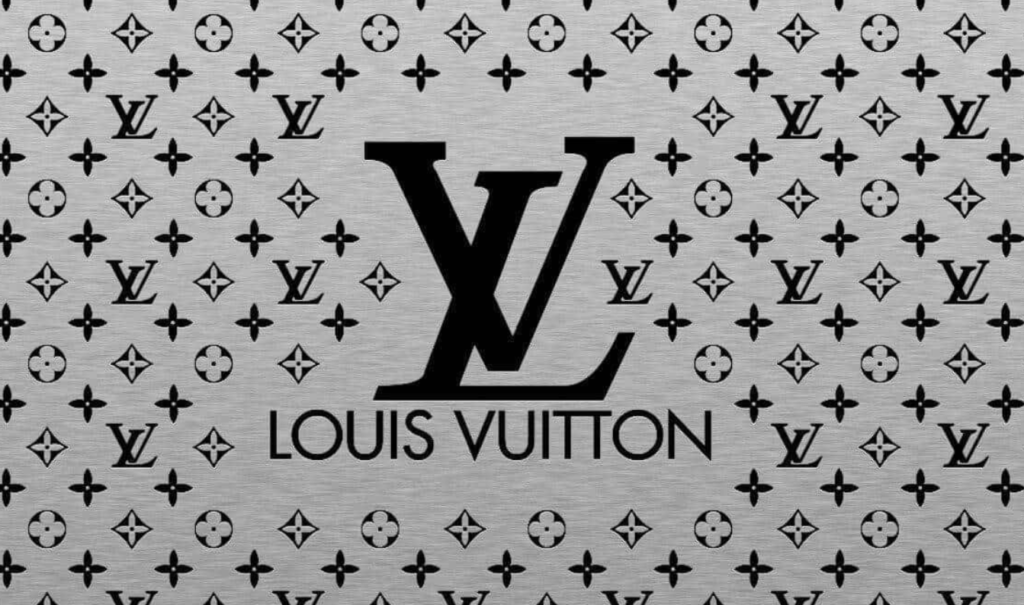
Come 2013, Louis Vuitton Brand hires Darren Spaziani to head the accessory collection department. The same year on the 4th of November, Louis Vuitton fires Marc Jacobs as the artistic director of lady’s collections and replaces him with Nicolas Ghesquière. In May 2013, the brand opened a flagship store at The Avenues in Kuwait in the Middle East. Known as the exclusive Haute Maroquinerie salon, the store provides designer and custom leather goods for women. That opens a room for them to introduce their luxury goods to more Middle East locations, including Qatar, Dubai, Lebanon, Saudi Arabia, Jordan, and Bahrain.
Nicolas Ghesquière’s first-ever product was presented in March 2014 in Paris. The same year, the brand hired Edouard Schneider to lead press and public relations, but under the communications and events director Frédéric Winckler.
Come 2018, the brand names Virgil Abloh as the men’s wear artistic director. Virgil Abloh was one of the few black designers in the European fashion house. He was introduced fully to the brand through a debut show that featured in the 2018 Paris Men’s Fashion Week.
Discover more of Louis Vuitton
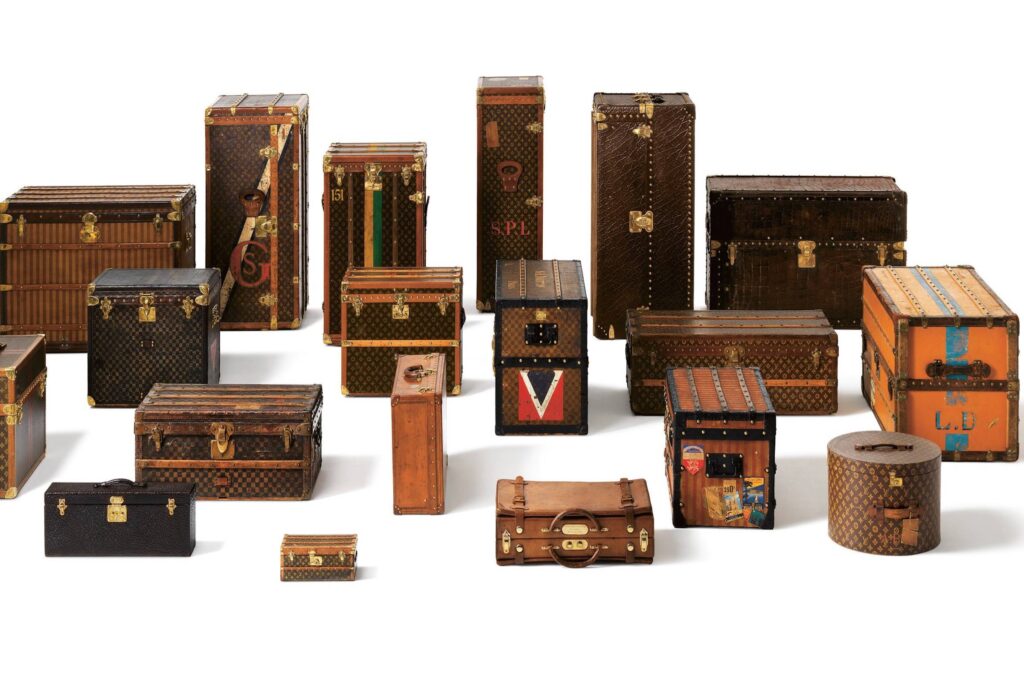
The Louis Vuitton brand has a solid and deep-rooted reputation in the luxury goods industry, dating back to over 150 years ago. As per the 2010 Millward Brown study, Louis Vuitton brand was ranked 19th most treasured brand with more than $19 billion of value. Six years down the line, the Louis brand was listed as the most powerful brand by a 2011 Optimor BrandZ Millward Brown.
Owing to its popularity and high-value, Louis Vuitton is currently the most counterfeited brand. So many upcoming brands photocopy the brand’s products since they consider it a great status symbol. Even with the company introducing the signature Monogram Canvas to stop counterfeiting, 18% of the counterfeited accessories seized in the European Union were from Louis Vuitton.
The company has been working day-and-night to prevent counterfeiting. It has employed qualified lawyers and highly skilled investigation agencies to hunt for counterfeits and get them prosecuted. Notable collaborations made by Louis Vuitton that led to its current success story The success story and history of the Louis Vuitton brand cannot be concluded without mentioning the collaborations it made with designers and artists that contributed to its success.
During his reign as the brand’s creative director, Marc Jacobs introduced the collaboration that employed that same idea introduced by Stephen Sprouse but added some bold prints that were in orange, hot pink, and neon green. The same recreation was introduced into the market in 2009. In 2009, the Louis Vuitton brand partnered with Kanye West to design and launch a limited series of shoes specially designed for Kanye West.
In 2012, Louis Vuitton partnered with Yayoi Kusama to introduce the Infinitely Kusama collection. The Infinitely Kusama collection featured bold dotted colors, in black with white dots, yellow with black dots, and red with white dots. In 2016, the brand collaborated with the famous Japanese video games Main Heroin and franchise Final Fantasy, creating a compelling collection advertising campaign.
In 2017, the brand partnered with the American-based streetwear brand supreme, creating different products for pop-up stores around the world. The products created from this partnership featured the Louis Vuitton monogram canvas coupled with the supreme box-logo design. The same year, the brand partnered with Jeff Koons, a renowned artist, to take the brand collections, art, and fashion a notch higher.
In 2019, the brand made collaborations with contemporary artists such as Alex Israel, Jonas Wood, Sam Falls, Nicholas Hlobo, Urs Fischer, and Tschabalala Self for the Artycapucines. The artists were given the mandate to create unique Capucine bag versions that were sold in limited numbers. The same year, Louis Vuitton collaborated with Riot Games, creating digital assets for a new version of skin line they called True Damage. The LV logo was printed on the QUIYANA in the league of legends. And finally, in 2020, the Louis Vuitton brand partnered with the Japanese designer known as Nigo to create the Virgil Abloh capsule collection.

